Number Sense Routines Book Study: Chapter Four
Chapter Four: Counting Routines
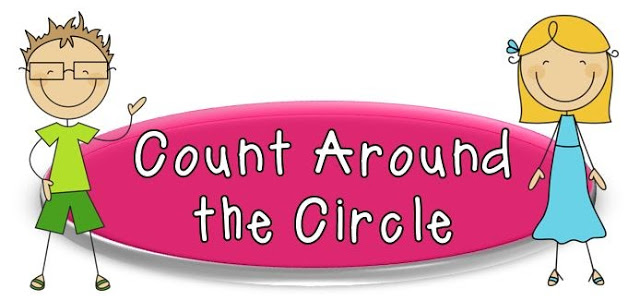
Count around the circle was one of my favorite number sense routines from last year. I didn’t get a chance to introduce it to my students until midway through the year. I am excited to start this routine earlier in the school year! We didn’t always count around the “circle” as we didn’t always have the time to make the circle at the carpet. If time was limited we simply counted around the carpet {we went down the carpet aisles}. The students still did very well in knowing when it was their turn.
The book mentions that count around the circle is a whole-class participation activity. Count around the circle gives each individual student a time to “shine,” however all students are still held accountable to know when it is their turn to go.
How to start count around the circle?
-Choose a counting sequence {1’s, 2’s, 5’s, 10’s}
-To make it a challenge give an alternate starting spot {don’t always start with 1}
-Challenge part 2: have students estimate what number they believe the group will be on when they get to a certain person in the sequence
The text mentions this routine takes several days to establish the expectations and the procedures. The text goes on to mention two very important expectations:
1. Everyone needs to listen to each person and count in their heads as each person says his or her number.
2. Give everyone some think time when they need it. {In my classroom we had a standard wait time…the class was allowed to count to five on their fingers. If their pier did not know the answer then we would answer as a class after the five seconds.}
What happens if the class as a whole is struggling with the count?
-Stop and start a choral {whole class} counting
-Stop and discuss as a class what each student will say as it becomes their turn
As the year progressed and we moved onto harder counting sequencing I equipped each student with a 100’s chart. The students were responsible for following along the count on their hundreds chart. When using the chart the students felt confidence in their answering.
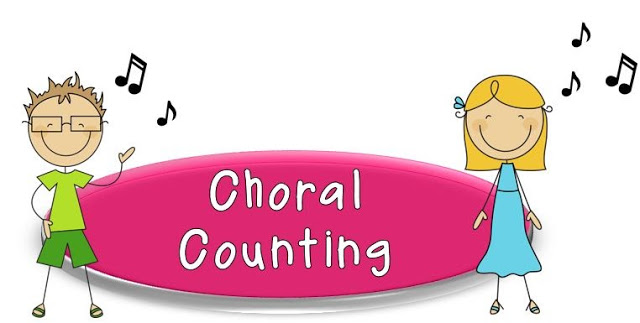
The book defines choral counting as simply counting aloud a number sequence as a whole class. In choral counting children are able to hear their classmates and join in the counting without the fear of “being on the spot.” Choral counting is a good way for students to practice a new counting sequence {before moving on to count around the circle.}
Making it Visual:
As students are counting the teacher can be pointing to the number sequence The teacher might point to a number line, 100’s chart, or some form of a Smartboard display. As the teacher is pointing to each number as the students count ..students are connecting the visual number to the choral counting number. However, the book does mention to change it up and at times to not use a visual display. This way students do not become too dependent on their visual memory.
Getting Started with Choral Counting:
Make choral counting kinesthetic- – have students move a counting cube into their pile as they count by one. As the students become more confident have them make ten sticks. The text also mentions having students move their bodies as they are counting.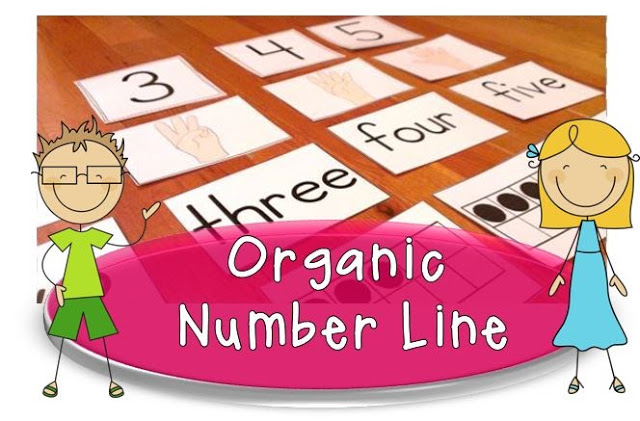
Organic number line is something I heard about mid-year last year. I didn’t have an opportunity to start it right off so I’m excited for that this year! The idea behind an organic number line is that students help build it and because of that they have a connection and understanding to the number line. I am guilty of having all kinds of fun and cute “stuff” in my classroom. I usually get to a point where I explain each item and its purpose to my students. However, haven’t we all been guilty of a student questioning what we use/how we use something displayed in the classroom. With this “organic” number line the students are involved with 100% of it’s making.
To
set this packet up like a number sense display you have a couple of options-
place magnets on the back and display on a whiteboard/chalkboard, or you could hang a rope/string and
have the number sense display attach to that!
This display is like not like an ordinary number line. Basically,
you will add to it as you teach the concepts.
There is no reason to confuse our students with information that makes
no sense to them at the time. Place only
the items you have covered and add the others as they are introduced.
At the beginning of the year you may only
have just the numbers, but towards middle-end of the year you will have all
concepts added. Tips: when placing the
numbers on the number sense display invite the children to help you do
this. Have them decide where the numbers
should go- possibly starting with 1 and 20….then have students decide where the
numbers in the middle would go.
Also,
make the number sense display in a visible location within the classroom. I like to have mine in an eye level spot
where if needed my students can approach the display as a resource.
Make this number sense display with for
YOU! 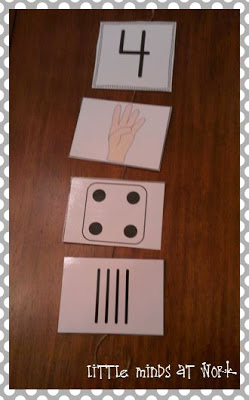
A display using string.


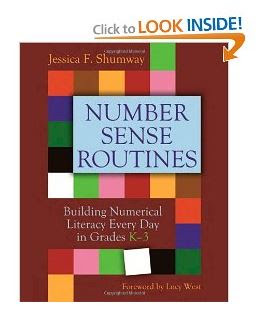

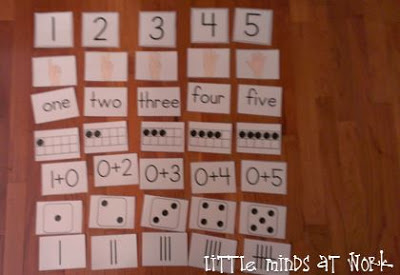
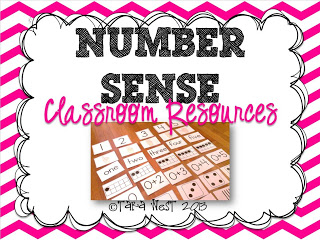

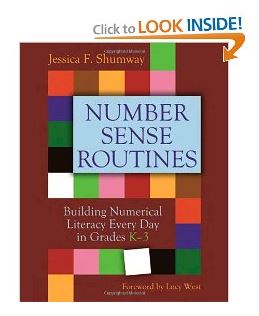
Love these ideas! 🙂
Dear Tara, thanks so much for posting about this book……I am LOVING IT! Thanks!
Hey all I just go through a website of Home based business I want to tell everyone out there who is suffering from such job dilemmas.just go through the website and you will find the solution